EM Structural Engineers is proud to provide the Structural design services for this awesome project. Thank you to our partners #ClineDesign and #Blue Ridge Realty for the opportunity to work together again!

EM Structural Engineers is proud to provide the Structural design services for this awesome project. Thank you to our partners #ClineDesign and #Blue Ridge Realty for the opportunity to work together again!
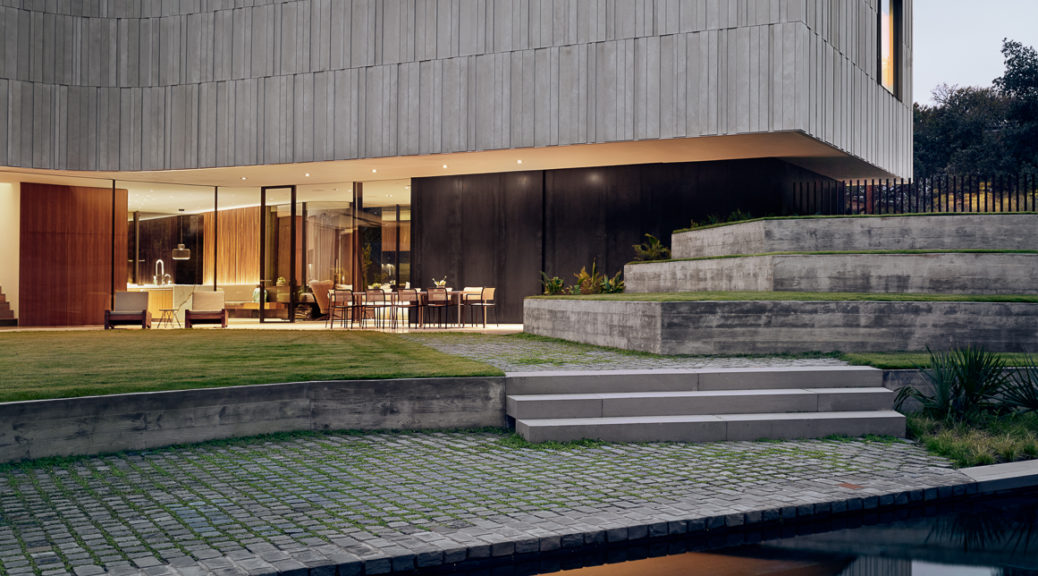
Residential Design Magazine has chosen to highlight EM Structural’s Highland Park Residence project in Highland Park, Texas.
This project is unique residential structure that incorporates concrete, wood, and steel framing to for some large cantilevers.
See more on this project here: Highland Park Residence

Check out this link to a Morrison Yard Drone Video!
Morrison Yard is a mixed-use project in Charleston, South Carolina with a 12-story concrete multi-family residential tower and a 5 story Type III wood framed apartments over a shared podium that incorporates several levels of parking, retail, and residential amenities.
See more on this project here: Morrison Yard
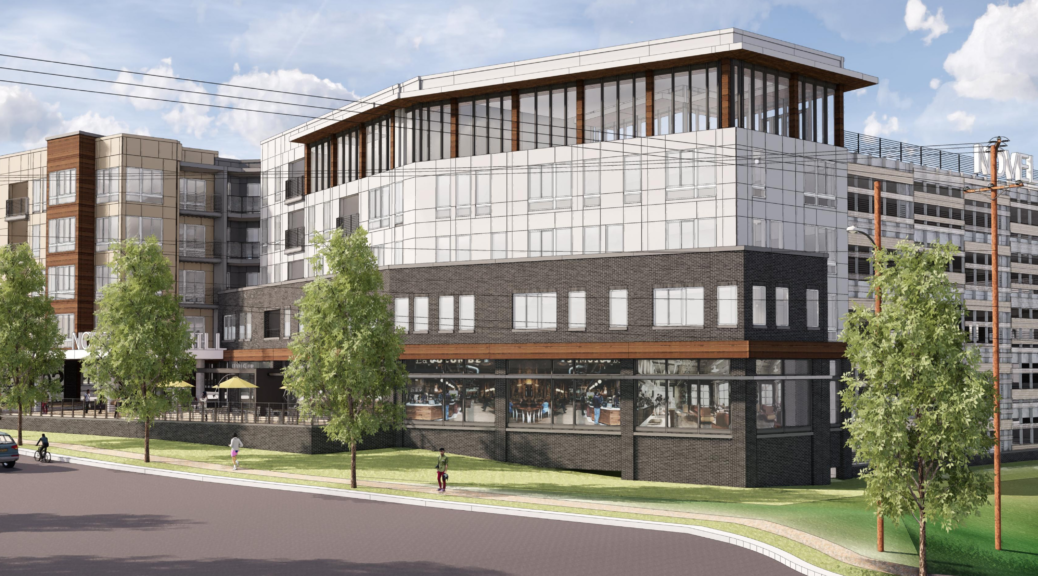
Check out these construction photos of our Novel Edgehill project in Nashville, Tennessee. Novel Edgehill is a 5 story Type III wood structure with a concrete podium and a precast concrete parking deck.
See more on this project here: Novel Edgehill

The Ellis, also known as Market 42, is a mixed use project in the heart of Charlotte’s First Ward District. This two-phase project consists of 549 apartments between a 33-story, 375 ft. tall concrete framed high rise and a six-story mid-rise which will be timber framing over a concrete podium.
Check out this time-lapse video of the construction:
See more on this project here: Market 42
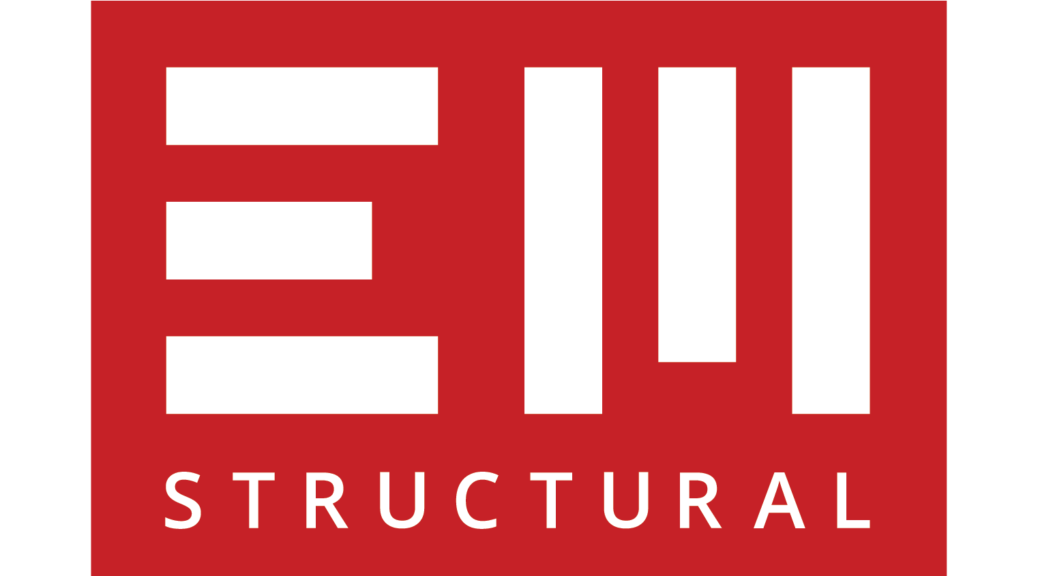
EM Structural is hiring structural engineers who are looking to join a fun loving group and enjoy getting to design a variety of different structures around the country!
Check out our career page for available open positions!
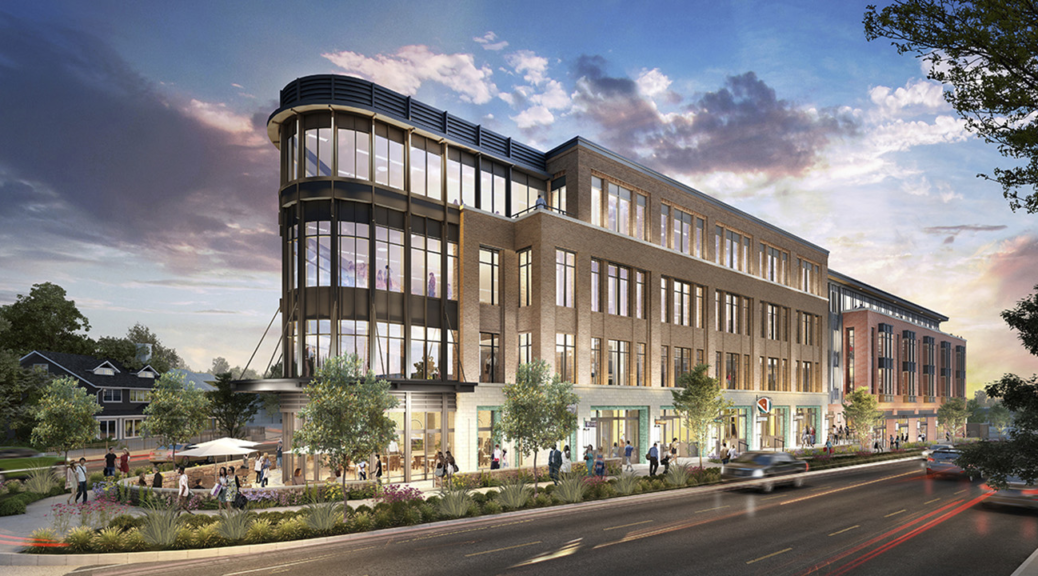
Groundbreaking has occurred for Elizabeth on 7th signaling the start of construction. This project will be a 4 story, 103,000 sq. feet, steel framed mixed use building with retail on the lowest level and 3 levels of office above.
Check out this article in the Charlotte Business Journal:
https://www.bizjournals.com/charlotte/news/2020/08/04/cbj-morning-buzz-crescent-seventh-on-elizabeth.html
And see more on this project here: Elizabeth on 7th
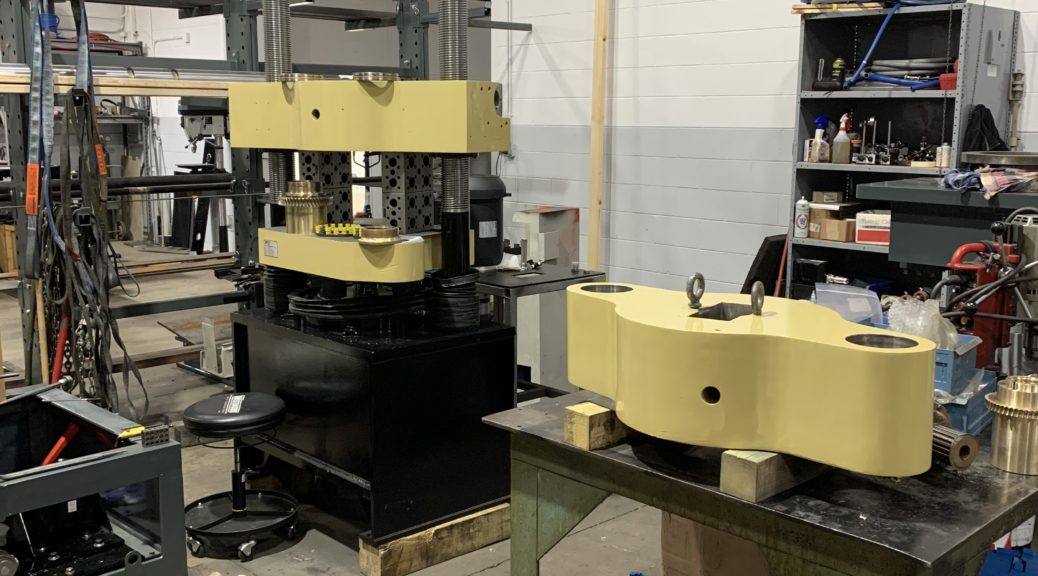
EM Structural recently purchased and are in the process of refurbishing a Satec HVL tension and compression machine to upgrade the Atlanta Lab Space testing capabilities.
This machine can produce up to 300,000 pounds of tension and compression force on a specimen and will allow EM Structural to perform our own testing on on a variety of materials.
Testing for the modulus of elasticity for different concrete mixes, verification of elongations on post tensioning strands and performing concrete compression tests up to 14,000 psi are just some of the capabilities.
We look forward to using this knowledge to improve our designs, make them more cost effective, and then be able to share that improvement and pass those savings on to our clients.
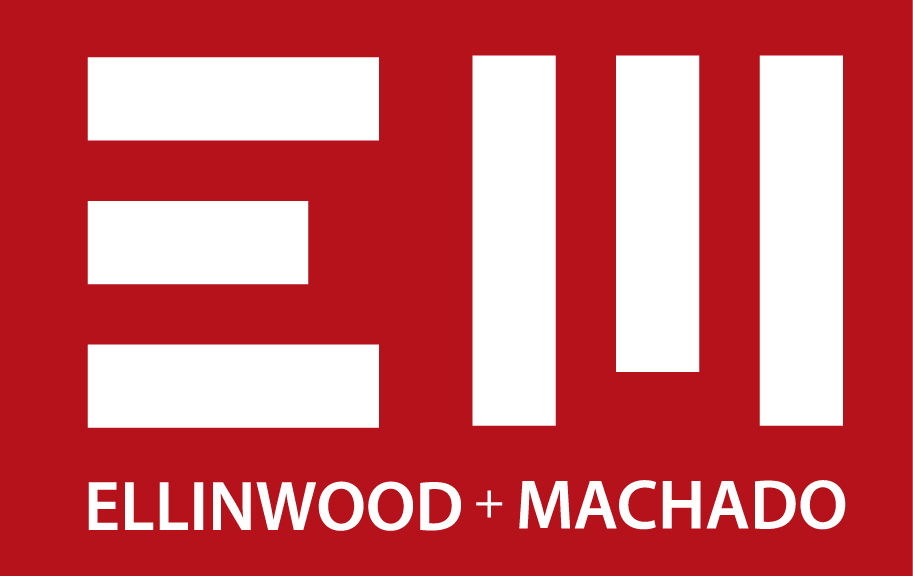
This month Ellinwood + Machado celebrates 10 years of business.
What started with Brad and Rafael working on a folding table out of their homes has grown into 35 employees over 3 offices and still growing!
EM Structural would like to thank all of the clients; past, present, and future for all the continued support that has helped us grow to where we are now.
EM Structural would also like to thank the employees without whom we would not be able to accomplish everything that has been done in the past decade. We look forward to the future and many more years to come!
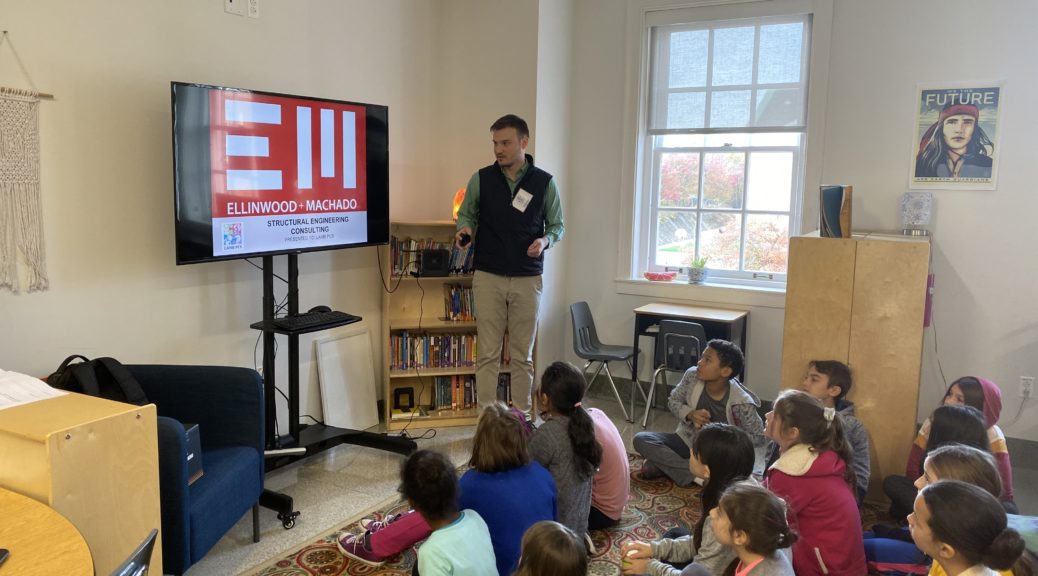
On Thursday November 14th 2019, EM Structural was invited to continue shaping the future generation of engineers by presenting on structural engineering at the Latin American Montessori Bilingual Public Charter Elementary School in Washington D.C.
To those outside of the construction industry, the subject of structural engineering is quite mysterious. Introducing your job to 4th and 5th graders has its own complexities. The goal of the presentation was to show these young students that they can understand and solve structural engineering problems even at their age and experience level. The challenge was to explain complexities using language and concepts that they were already familiar with.
The presentation consisted of images of buildings during construction, a short video of an ETABS model in motion, and a few sets of construction drawings to pass around. We discussed design considerations of gravity, lateral loads, and serviceability. And we discussed different building materials such as concrete, steel, wood and masonry. A comment and question portion of the presentation ensued. The questions were unlimited.
I was very surprised with how many important considerations were covered throughout the Q&A portion of the presentation. The first 30 questions whittled out what is the responsibility of the structural engineer relative to the rest of the design/build team. We had questions about contractors and sub contractors, owners, building uses, risk categories, forensics, fireproofing, fire walls, and fire safety, mechanical, electrical and plumbing systems, interior design considerations, offset structural columns, bearing wall stacking, construction practices, and geotechnical considerations. By the end of this Q&A, I surprisingly covered more detail than I ever thought I would have had the chance to explain. Admittedly, it was very fulfilling to have had the opportunity to communicate in great detail how the construction industry functioned as a whole. After the Q&A, we had to move on to the design example.
For the final portion of the presentation, we pulled open Revit, and modeled a wood beam supporting a floor system. The students were tasked with calculating the load on the beam using a worksheet which walked them through the process. The kids split up into smaller groups and I had the chance to walk around and help answer questions about the calculations. Once the students had the load on the beam calculated, we opened up design software and sized an LVL beam that could support the floor joists.
Figure 1: The Revit model in which students took part in laying out a wooden frame floor system supported by two 20’-0” long beams
Figure 2: The worksheet used to walk the students through calculating the load on the 20’-0” beam
The group of students in Ms. Maisie’s 4th and 5th grade class could not have been a better audience. They listened, asked so many questions, and were generally excited to hear about what goes into building design.
Overall, I think the young students understood that they could do this job. I have a good feeling that at least one engineer will emerge from this classroom in years to come!
Written by: Jan Dokonal, E.I.T.